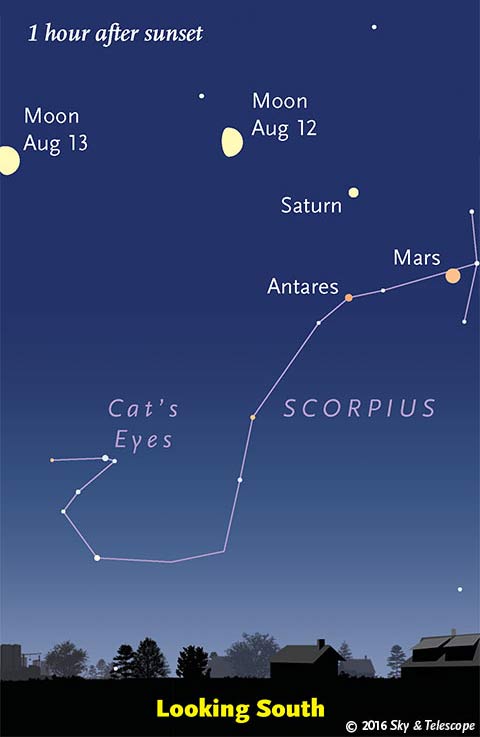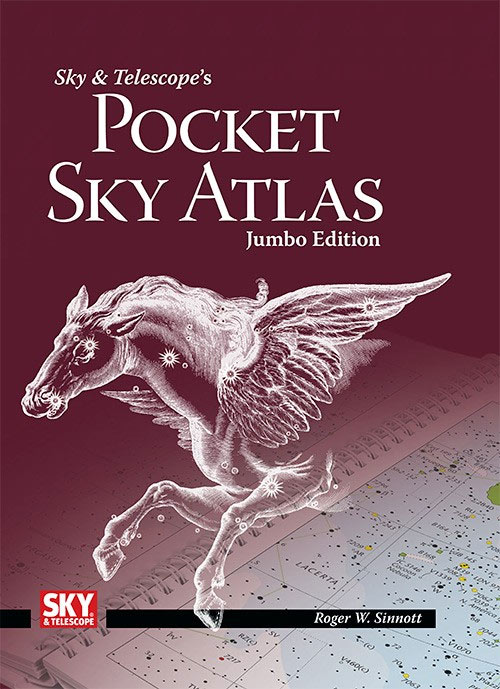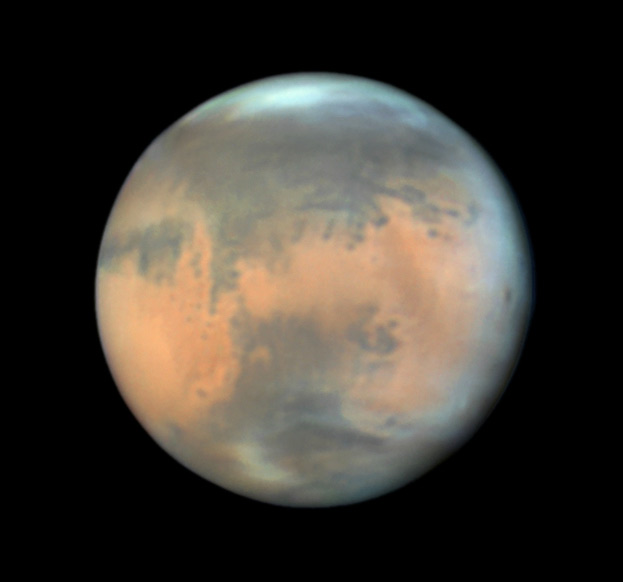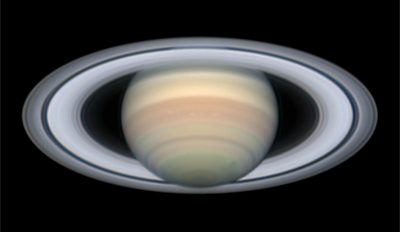
Friday, August 12
• This evening, look lower right of the waxing gibbous Moon for the ever-changing Saturn-Mars-Antares triangle, as shown here.
• The Perseid meteor shower was unusually strong late last night, roughly as predicted. That was probably the peak night. But the shower should still be active late tonight and at lesser levels for the next few days.
Meanwhile, however, the waxing gibbous Moon is getting brighter and setting later. Tonight the Moon sets around 1:30 or 2 a.m. depending on your location. The best time to watch for meteors will be between moonset and the first light of Saturday's dawn.
Lots of pix. You can follow the progress of the shower at the International Meteor Organization's site, imo.net. The activity curve there is updated as meteor observers around the globe report their counts made by standardized methods.
Saturday, August 13
• This evening, look very high to the upper left of the Moon — by about four fists at arm's length — for Altair shining brightly. A finger-width above Altair is its eternal background companion, Gamma Aquilae or Tarazed, magnitude 2.7, a K3 orange giant. Can you see the color of a star this dim without optical aid?
Left of Altair by about a fist-width is Delphinus, the Dolphin, leaping leftward. Can you see it through the moonlight? Its brightest stars, in the Dolphin's back and tail, are magnitudes 3.6, 3.8, and 4.0.
Sunday, August 14
• This is the time of year when the Big Dipper scoops down in the northwest during evening, as if to pick up the water that it will dump from high overhead early next spring.
Monday, August 15
• Have you seen Venus yet? It's in the beginning stage of a long and eventually spectacular evening apparition that will run through the end of next winter. About 20 or 25 minutes after sunset, start by spotting Jupiter low due west through the twilight. Venus shines to Jupiter's lower right by 12° this evening: about a fist-width at arm's length.
And bring binoculars for a try at fainter Mercury, 5° below or lower right of Jupiter.
Tuesday, August 16
• The nearly full Moon shines in the southeast after dark. Using binoculars, look roughly one binocular field to the Moon's upper right (in North America) for Alpha and Beta Capricorni, two fine binocular double stars. The yellow Alpha pair, on top, is the easiest. Beta Cap is 2.3° below Alpha. This one is harder; the secondary star of Beta is fainter and closer to the primary. The pair is oriented fairly similarly to the two stars of Alpha.
Wednesday, August 17
• Full Moon tonight (exact at 5:27 a.m. Thursday morning Eastern Daylight Time). The Moon shines between dim Capricornus and Aquarius. Look far to its left or upper left for the Great Square of Pegasus, tipped up on one corner.
Thursday, August 18
• Arcturus, lower every week, now shines due west shortly after dark. The long, bent kite pattern of Bootes extends to its upper right by 24°. Arcturus marks the kite's bottom point.
Friday, August 19
• Summer is beginning to wane. By the time nightfall is complete now, Cassiopeia has climbed about as high in the northeast as the Big Dipper has declined in the northwest.
Saturday, August 20
• The waning gibbous Moon rises due east around the end of twilight. Look to its upper left for the Great Square of Pegasus tipped up on one corner.
_________________________
Want to become a better astronomer? Learn your way around the constellations! They're the key to locating everything fainter and deeper to hunt with binoculars or a telescope.
This is an outdoor nature hobby. For an easy-to-use constellation guide covering the whole evening sky, use the big monthly map in the center of each issue of Sky & Telescope, the essential guide to astronomy.

Once you get a telescope, to put it to good use you'll need a detailed, large-scale sky atlas (set of charts). The basic standard is the Pocket Sky Atlas (in either the original or new Jumbo Edition), which shows stars to magnitude 7.6.
Next up is the larger and deeper Sky Atlas 2000.0, plotting stars to magnitude 8.5, nearly three times as many. The next up, once you know your way around, is the even larger Uranometria 2000.0 (stars to magnitude 9.75). And read how to use sky charts with a telescope.
You'll also want a good deep-sky guidebook, such as Sue French's Deep-Sky Wonders collection (which includes its own charts), Sky Atlas 2000.0 Companion by Strong and Sinnott, or the bigger Night Sky Observer's Guide by Kepple and Sanner.
Can a computerized telescope replace charts? Not for beginners, I don't think, and not on mounts and tripods that are less than top-quality mechanically (meaning heavy and expensive). And as Terence Dickinson and Alan Dyer say in their Backyard Astronomer's Guide, "A full appreciation of the universe cannot come without developing the skills to find things in the sky and understanding how the sky works. This knowledge comes only by spending time under the stars with star maps in hand."
This Week's Planet Roundup


Mercury, Venus, and Jupiter are very low in bright twilight. About 20 or 25 minutes after sunset, look for Jupiter due west, then look for Venus to its lower right. They're 15° apart on August 12th and just 8° apart by the 19th. Binoculars or a wide-field telescope will help. They're heading toward a very close conjunction, barely 0.1° apart, on August 27th.
Next, try to spot fainter Mercury. It's closer to Jupiter's lower right early in the week, and below Jupiter later in the week.
Jupiter is nominally magnitude –1.7, Venus is –3.8, and Mercury is +0.2, but objects near the horizon appear dimmer than their listed magnitudes due to atmospheric extinction.
Mars (magnitude –0.5, in upper Scorpius) is moving rapidly eastward (leftward) toward Saturn (magnitude +0.4) and Antares (+1.0, below Saturn). The three form an ever-narrower triangle in the southwest at nightfall. The triangle will turn into an almost straight, vertical line on August 23rd and 24th, when Mars slingshots between the other two.
Uranus (magnitude 5.8, in Pisces) and Neptune (magnitude 7.8, in Aquarius) are well up after midnight, in the east and southeast respectively. Info and finder charts.
__________________________
All descriptions that relate to your horizon — including the words up, down, right, and left — are written for the world's mid-northern latitudes. Descriptions that also depend on longitude (mainly Moon positions) are for North America.
Eastern Daylight Time (EDT) is Universal Time (UT, UTC, or GMT) minus 4 hours.
__________________________
"Science is built up of facts, as a house is with stones. But a collection of facts is no more a science than a heap of stones is a house."
— Henri Poincaré (1854–1912).
 1
1








Comments
1muzing1
August 13, 2016 at 2:53 am
Fantastic information thanks so much
You must be logged in to post a comment.
You must be logged in to post a comment.